Saffron Crocus Bulbs - Best Grown For
the Flowers Not the Threads
Plant some saffron crocus bulbs and soon you'll have your own supply, right? If only it were so easy! Unfortunately you need rather a lot of bulbs to get even a tiny amount. For just 1 gram of threads you would need to harvest 150 crocuses. For 1 pound of threads that number jumps to 75000 crocuses!
Each crocus only grows up to four flowers, and each flower grows only three of its distinctive stigmas, which are plucked and are what we know as saffron threads.
Saffron Crocus Bulbs: History and Facts
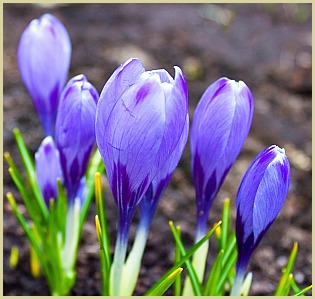
This process can only be done by human hand, the exact same way it's been done for millennia, and it's tough, labour intensive work. This is why it costs so much.
But don't let that put you off, they are quite easy to cultivate, and as you can see from the picture, they are extremely decorative.
However, as much as I enjoy harvesting my own spices and herbs, this is one harvest I leave to the professionals!
They were first grown in ancient Greece, likely on the island of Crete. From there, its cultivation spread across Europe and Asia and eventually around the world, where it was valued for for its fresh flavour, its rich yellow colour, and for its myriad of healing properties.
Rather sadly, there are no more saffron crocus bulbs growing in the wild, and more than 90 per cent of the world’s cultivated supply is grown in Iran.
Cultivating and Harvesting Saffron Plants
The crocus grows to about 20 to 30 centimetres in height and it flowers in the autumn. The colour of the flowers ranges from light purple to dark mauve, and they have a sweet smell, like honey.
When the plants flower, there is a three-pronged style in each blossom, and each of these prongs contains the valuable red stigma, which range in length from 25 to 30 millimetres.
The harvest must be quick, as the flowers bloom in the morning, and then wilt away as the day passes. All the plants blossom within a 1-2 week period. More on the plant.
Growing Saffron
It's best suited to a Mediterranean climate, with semi-arid soil and hot summers. However, it can tolerate frost and temperatures as low as -10 C. It prefers full sunlight and loose, well-watered soil with excellent drainage.
Choose a sheltered location with full sun, and well-drained soil. Protect the plants from wind and from damp areas.
Various Types of Crocus
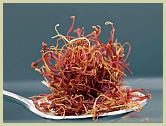
Due to changes in the climate and cultivation, saffron crocus bulbs from different parts of the world create variations...
Spanish saffron tends to be milder in shade and flavour, while Italian saffron is bolder. Iranian saffron has the most intense flavour and aroma, and the brightest shade of yellow.
It has a variety of uses...
It may be fairly easy to grow whilst challenging to harvest, but it has many important uses.
Historically, it has been used as a fabric dye and an important ingredient in many cuisines. You cannot make Indian biryani, French bouillabaisse or Spanish paella without it. If you'd like to try it, my simple rice recipe is recommended.
Health wise, its extract has been used for treatment for many conditions from depression to macular degeneration.
There are even new studies showing promise in its ability to fight the growth and spread of cancer cells. Click to read more on this extract.
Image Links to Other Pages You May Enjoy
Culinary and Therapeutic Uses of Cassia, Saigon and Ceylon cinnamon |
Turmeric - Probably the Healthiest Spice in the World! |
Info and Tips on Using the Many Varieties of Paprika |
Click on the buttons above to follow me on your favourite social media:
by
Jason Pitcher
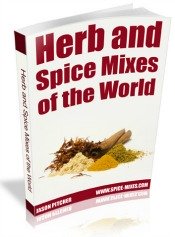
Sign up to my monthly newsletter and get a
FREE Book!
Click on the buttons above to follow me on your favourite social media:

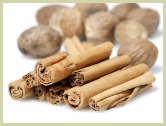
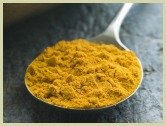
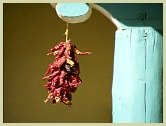





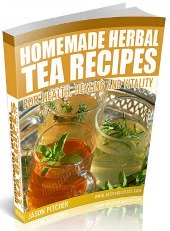
New! Comments
Have your say about what you just read! Leave me a comment in the box below.